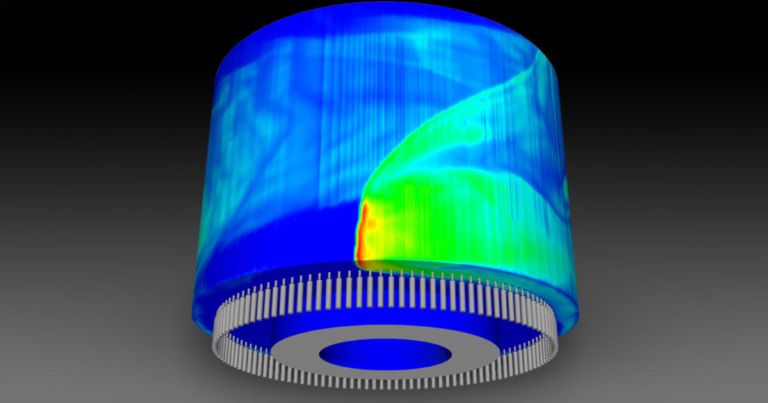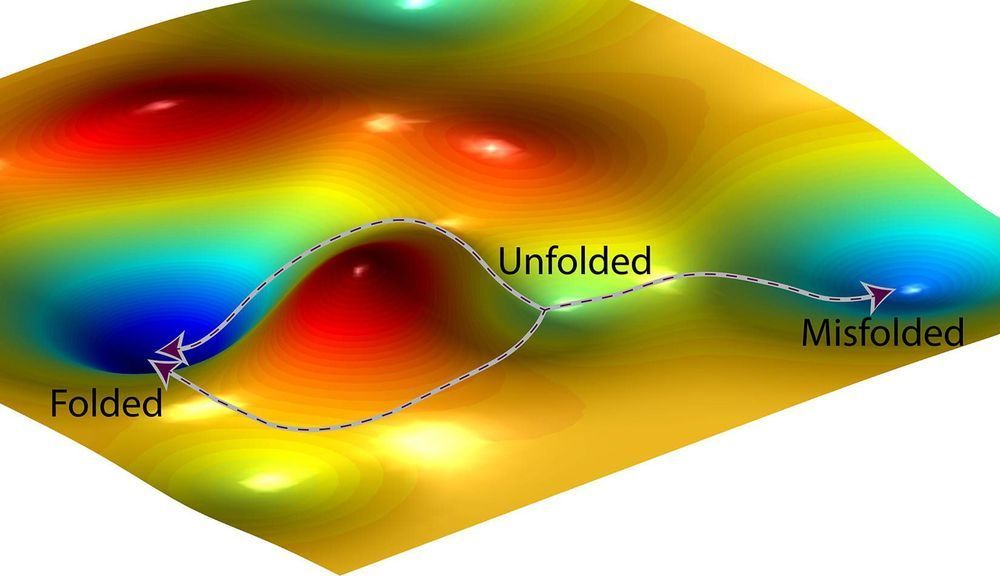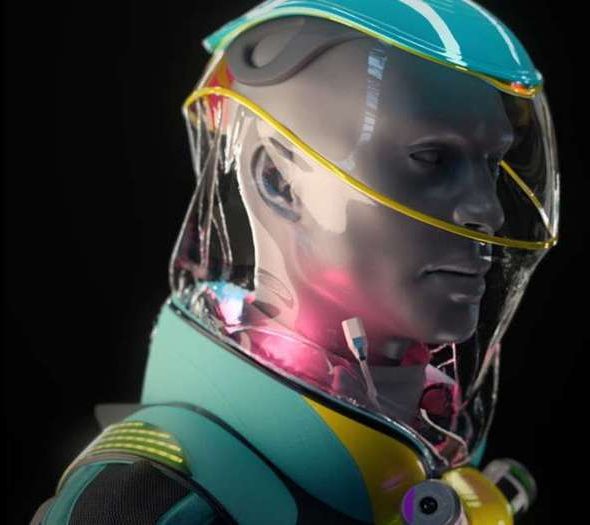For decades, no one could figure out how to actually build them.



Rudolph Heider who survived the Spanish Flu, the Great Depression, and World War Two has beaten Coronavirus on his 107th birthday.
A great-great-grandfather who lived through the Spanish Flu, Great Depression and World War II has now conquered coronavirus — just in time for his 107th birthday.
Rudolph ‘Rudi’ Heider battled the deadly virus for weeks while quarantined at a nursing home in Chesterfield, Missouri.
On Tuesday his family finally received the joyous news that he’d been cleared to come out of isolation after reaching the two-week mark without any symptoms.
The cutting-edge ‘KNasa Chef Knife’ is twice as sharp as other blades and stays sharp for five times longer.
The brains behind it claim it is the first true innovation in knife making in over 200 years.
The knife is made from an ultra-hard alloy developed by scientists at the California Institute of Technology (Caltech) and has been tested by engineers at NASA.

Rice University researchers have discovered a hidden symmetry in the chemical kinetic equations scientists have long used to model and study many of the chemical processes essential for life.
The find has implications for drug design, genetics and biomedical research and is described in a study published this month in the Proceedings of the National Academy of Sciences. To illustrate the biological ramifications, study co-authors Oleg Igoshin, Anatoly Kolomeisky and Joel Mallory of Rice’s Center for Theoretical Biological Physics (CTBP) used three wide-ranging examples: protein folding, enzyme catalysis and motor protein efficiency.
In each case, the researchers demonstrated that a simple mathematical ratio shows that the likelihood of errors is controlled by kinetics rather than thermodynamics.

Circa 2019
But perhaps soldiers should be glad that the Army didn’t go with the infamous Heckler & Koch G11 or the futuristic XM29 OICW, or the ill-fated XM8 assault rifle.
Instead of a very conventional rifle firing the 5.56 NATO round, the Army is now rapidly progressing towards developing and field-testing a new weapon that can double the muzzle speeds of a bullet.
The primary advantages to this new (and no-so-new) technology are insane armor-penetration capabilities at close ranges, and next-level accuracy at longer ranges.

The U.S. Air Force’s fleet of B-52H heavy strategic bombers are on track to becoming a fleet of flying centenarians. The service wants to purchase over 600 new engines for its B-52s, ensuring that the “Big Ugly Fat Fella” can fly on to 2050 or later. This will practically ensure that some bombers, delivered in the early 1960s, will still be dropping bombs in the early 2060s.


The Pentagon has created top secret military artificial intelligence that has a higher intellect than humans.
A Defense Intelligence Agency experiment shows AI and humans have different risk tolerances when data is scarce.
In the 1983 movie WarGames, the world is brought to the edge of nuclear destruction when a military computer using artificial intelligence interprets false data as an imminent Soviet missile strike. Its human overseers in the Defense Department, unsure whether the data is real, can’t convince the AI that it may be wrong. A recent finding from the Defense Intelligence Agency, or DIA, suggests that in a real situation where humans and AI were looking at enemy activity, those positions would be reversed.
Artificial intelligence can actually be more cautious than humans about its conclusions in situations when data is limited. While the results are preliminary, they offer an important glimpse into how humans and AI will complement one another in critical national security fields.
